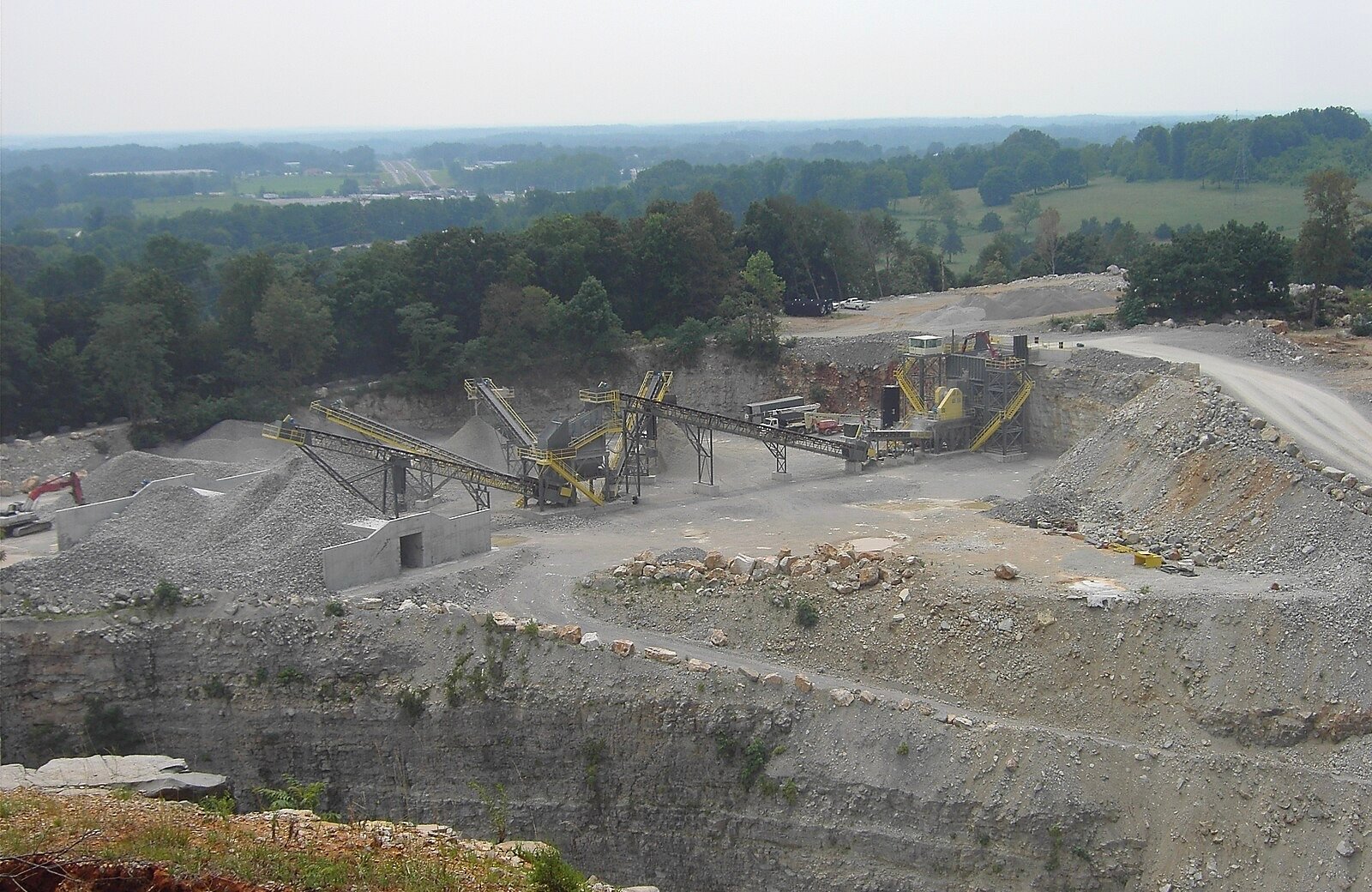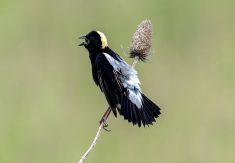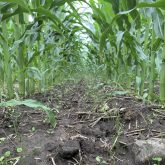The march to some sort of agricultural carbon economy is on and it’s integral that we get it right if we go down this road.
Policy can’t be driven by politics and ideology. Unfortunately, the science of carbon sequestration continues to be fuzzy, which leaves open the opportunity for opinion to guide the policy.
There are numerous directions in play. First, the federal government recently won a Supreme Court case that gives them clear direction to set national carbon policy. The Liberal government has made it clear that the carbon tax will continue to rise. It will hurt, and if it does what it is supposed to, it will drive innovation and change in various sectors.
Read Also

Melancthon faces a new quarry fight over water, environment and farmland risks
A proposed Strada blast quarry in Melancthon, Ont., sparks regional debate over water protection, farmland sustainability, and Ontario’s aggregate policy.
Agriculture is often the climate villain for some reason. Most of the emissions in the country come from transportation, home heat and industrial processes. It’s unclear why agriculture gets the hard whacks, when it’s a much smaller amount than the other areas of carbon production.
That’s where the new Agriculture Carbon Alliance (ACA) comes in. It’s a rare case where agriculture groups from across the country appear to be aligned. When you can get the attention grains, major livestock and horticulture groups on one topic, there’s something there.
We don’t yet know where the ACA stands on the issues — so far it has stated that it is looking for farmers to get their due in carbon sequestration and will work on carbon pricing.
While I expect numerous farmers are being dragged reluctantly into a discussion on carbon pricing, the sector must find a way to have a seat at the table, or it will continue to be whiplashed versus being a benefactor of the policy. That’s where the ACA comes in.
So far, governments have seen fit to just dump on carbon taxes, without rewarding those who sequester carbon. That’s frustrating for many people. That looks to be changing with programs at the federal level now talking about how agricultural carbon sequestration will be recognized. Unfortunately, with a start date of 2017, some long-term users of conservation practices won’t benefit.
There is some concerning language already from the government.
This is a statement from the federal government’s recent announcement on funding for agricultural best practices related to climate change:
“Each hub will centre on farms, where farmers and researchers can co-develop best practices, including cover crops, intercropping, conversion of marginal land to permanent cover, shelterbelts, nutrient management and inclusion of pulses in rotations.”
Do you see any omissions? What’s the best farm practice for sequestering carbon? Perennial forages like pasture and hay, and then cycling the nutrients through livestock.
Unfortunately, it looks like the anti-livestock messaging has permeated Agriculture and Agri-Food Canada too.
However, the Canadian Forage and Grasslands Association has a significant project, funded by the AgriAssurance part of the Canadian Agriculture Partnership — so partly by the federal government — that looks at maintaining grasslands through valuing their carbon-storage capacity.
The simple math may tell the policy people that they need to reduce the impact of animals and that can lead to policies that discourage livestock. However, the bottom line is that row crops, annually planted and harvested, only sequester so much carbon, compared to perennial crops. Unless that ground is taken out of agricultural production, there’s a need for livestock in the system.
The encouragement of the inclusion of pulses is a bit of a strange one, as it’s just another annual crop that doesn’t leave a lot of residue. It is a legume, however and will therefore fix nitrogen — and it provides another rotation crop for Western Canada to move beyond canola and wheat. Soybeans would have the same effect as pulses, but they’re not nearly as in favour in Western Canada as they were five years ago because of low protein levels and shipping distances.
There will only be one chance to get a carbon credit system right, so the government needs to be driven by science and consultation or it will fail.















